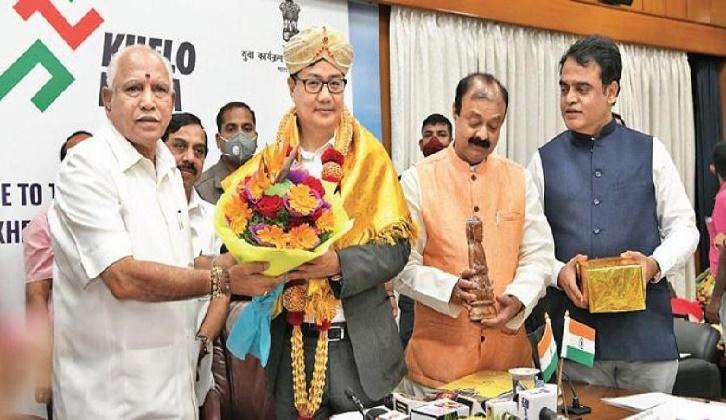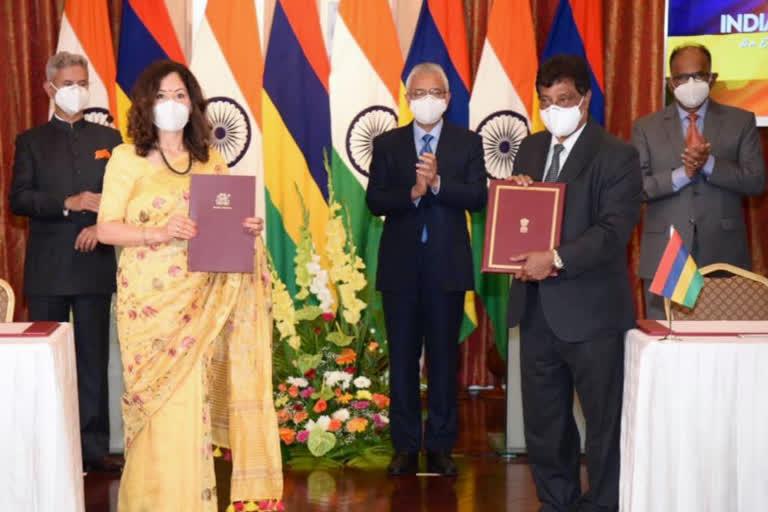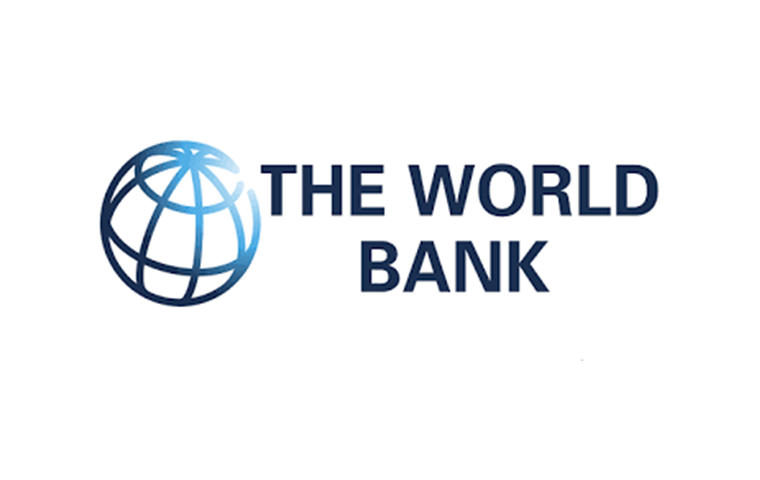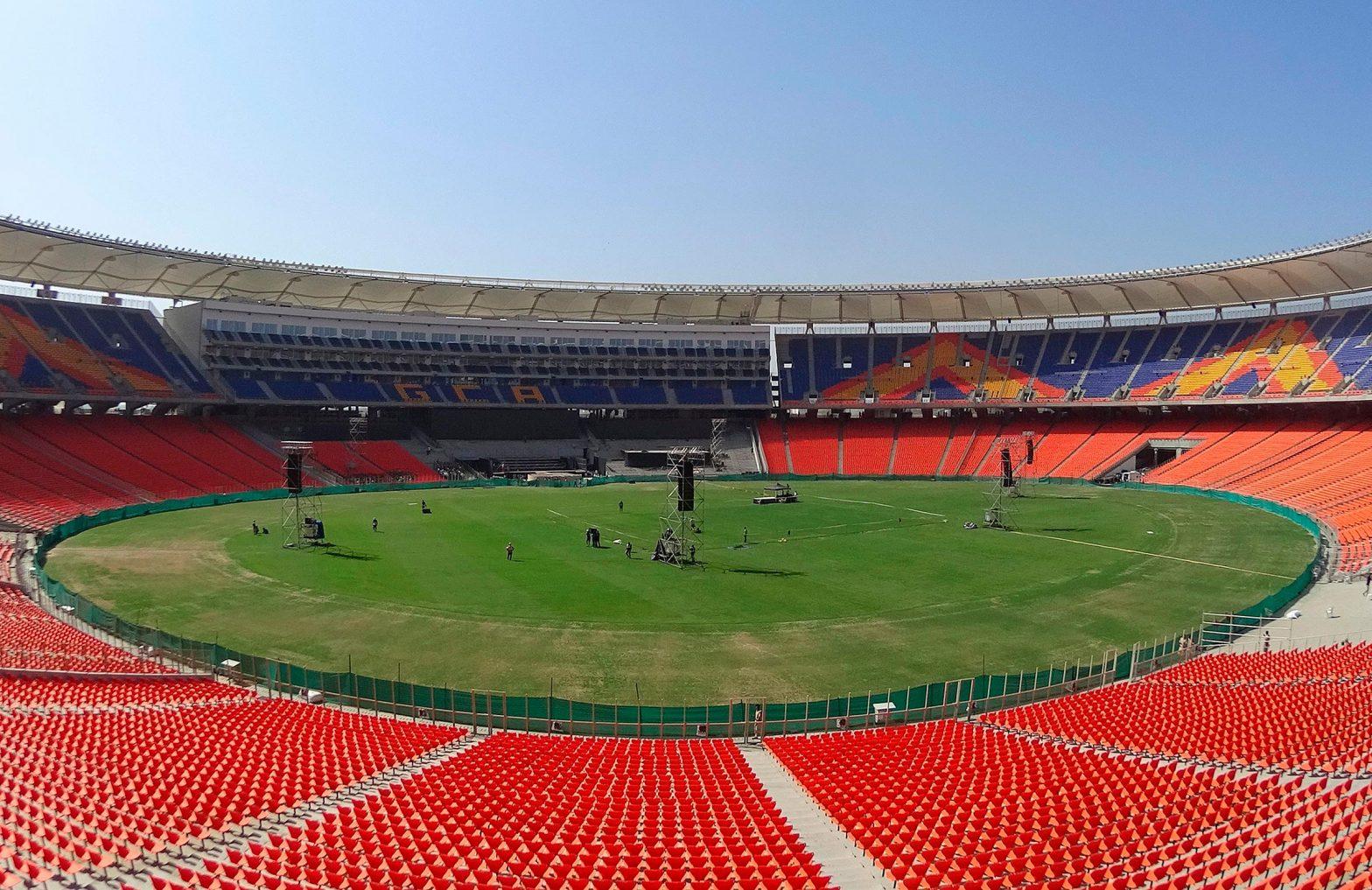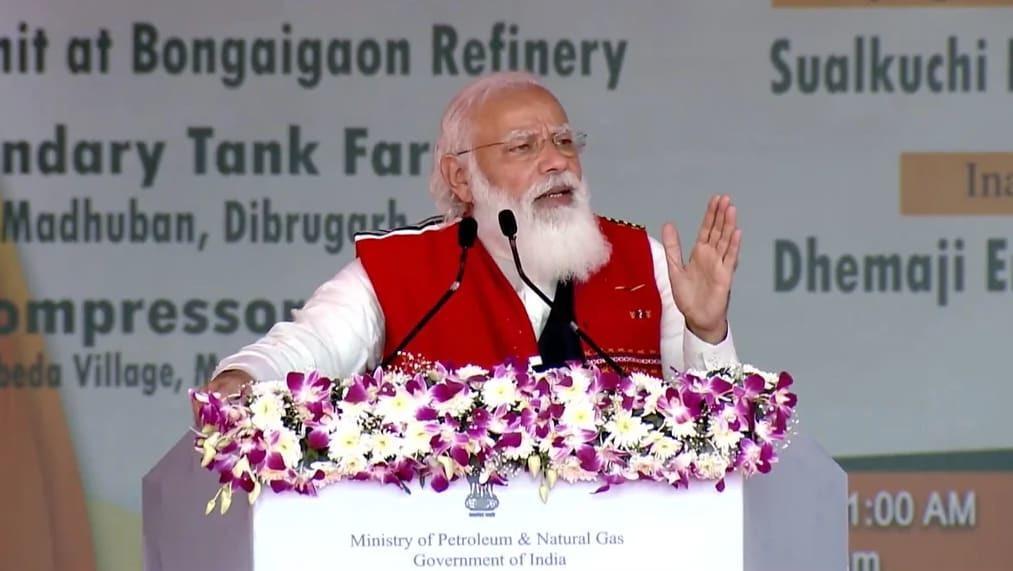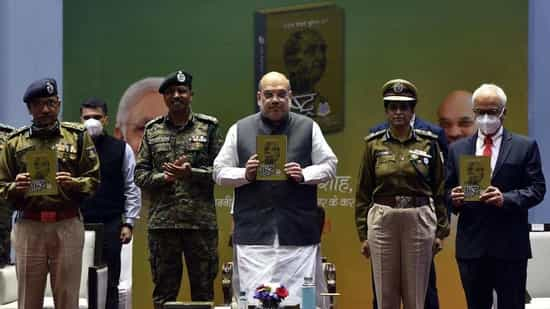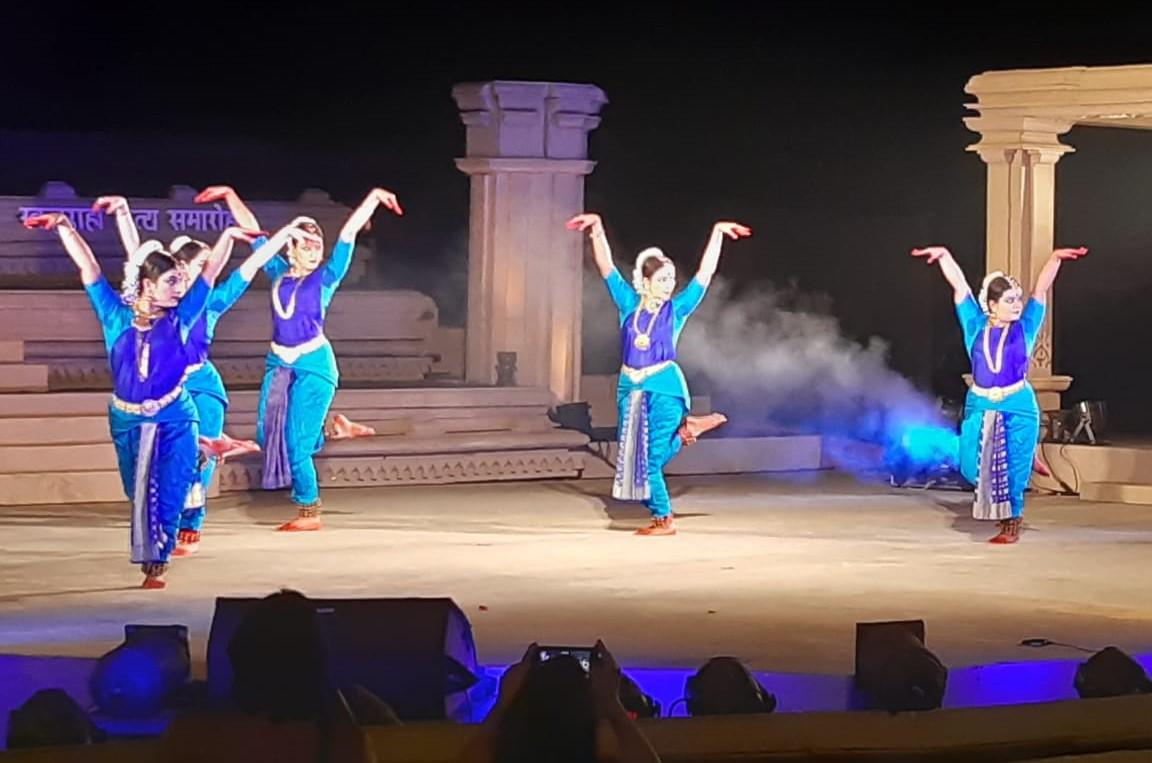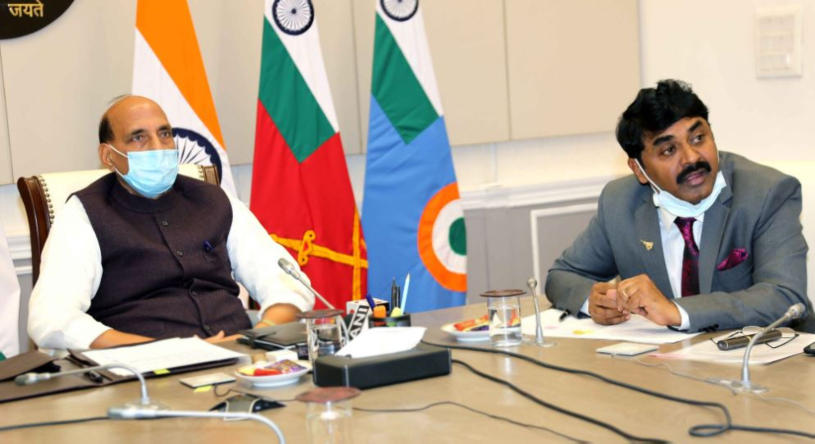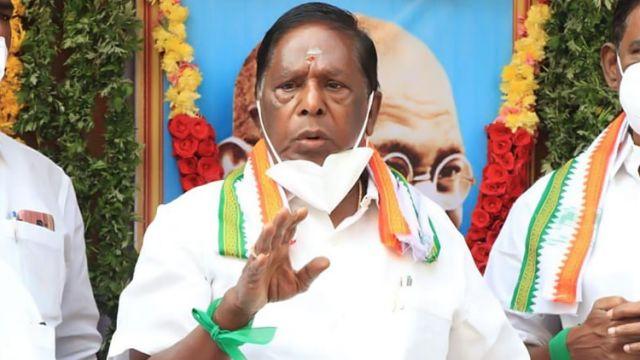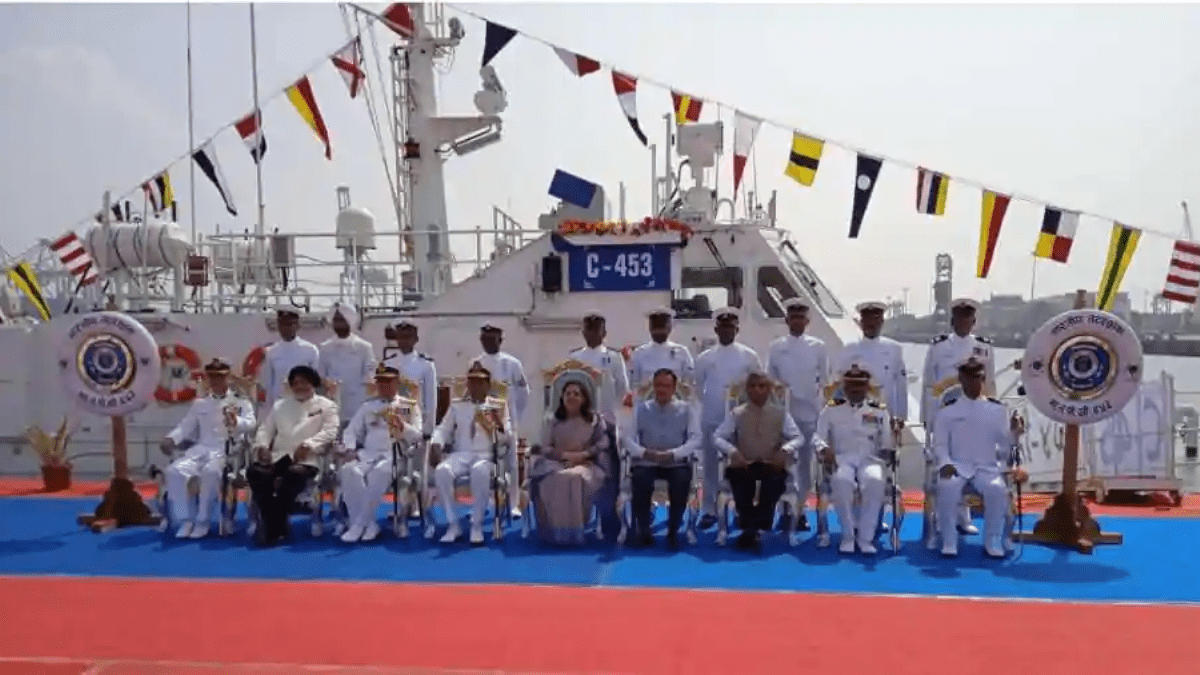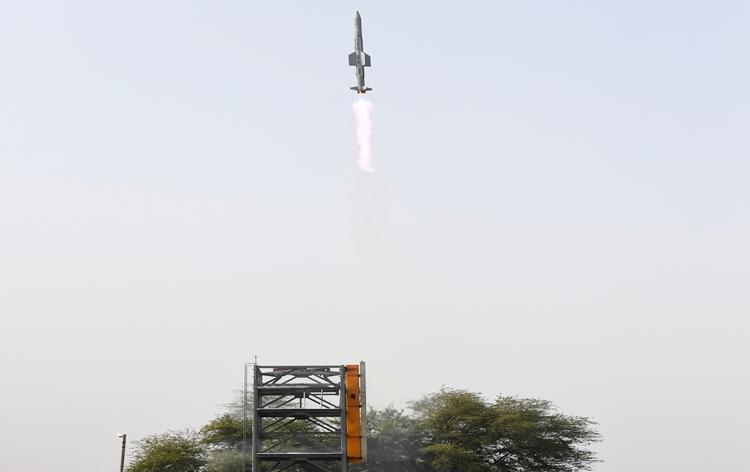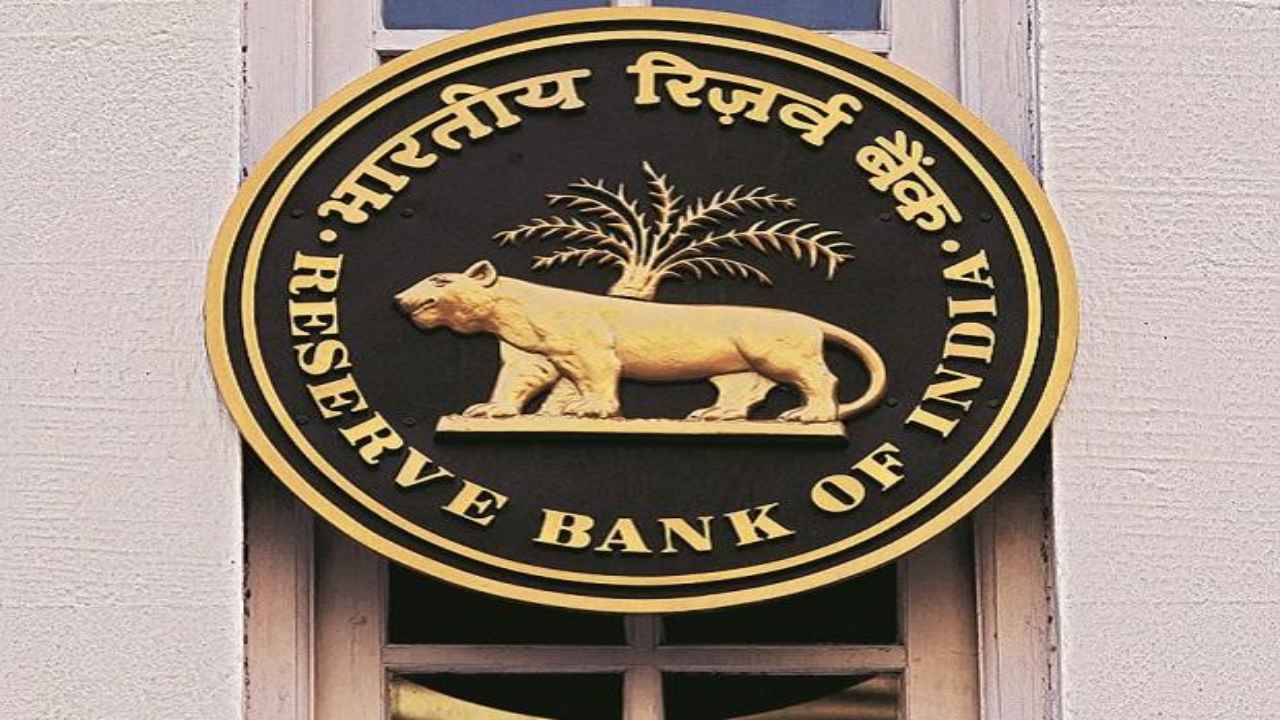Why in news?
- NITI Aayog, along with a working subgroup of officials and members of civil society, has prepared a draft national migrant labour policy.
- This was spurred by the exodus of 10 million migrants (as per government estimates) from big cities during the Covid-19 lockdown.
What is the approach adopted?
- The draft describes two approaches to policy design:
- focussing on cash transfers, special quotas, and reservations
- enhancing the agency and capability of the community and thereby removing aspects that come in the way of an individual’s own natural ability to thrive
- The goal is not to provide temporary or permanent economic or social aids”, which is “a rather limited approach”.
- The policy thus rejects a handout approach, opting instead for a rights-based approach.
- It seeks “to remove restrictions on true agency and potential of the migrant workers.”
How should migration be dealt with?
- The policy emphasises that migration should be acknowledged as an integral part of development.
- Government policies should not hinder but seek to facilitate internal migration.
- This compares with the approach taken in the Report of the Working Group on Migration, released in January 2017.
- It was released by the then Ministry of Housing and Urban Poverty Alleviation.
- The report argued that the movement from agriculture to manufacturing and services was inherently linked to the success of migration in the country.
What are the concerns with the existing law?
- The 2017 report argued that specific protection legislation for migrant workers was unnecessary.
- It said that migrant workers should be integrated with all workers, covering regular and contractual work.
- The report discussed the limitations of The Inter State Migrant Workers Act, 1979.
- The 1979 Act was modelled on a 1975 Odisha law.
- The Act was designed to protect labourers from exploitation by contractors.
- It offered safeguards for their right to non-discriminatory wages, travel and displacement allowances, and suitable working conditions.
- However, this law covered only labourers migrating through a contractor. It left out independent migrants.
- The 2017 report questioned this approach, given the size of the country’s unorganised sector.
- The report called for a comprehensive law for these workers, which would form the legal basis for an architecture of social protection.
- The NITI Aayog’s policy draft too, mentions that the Ministry of Labour and Employment should amend the 1979 Act for “effective utilisation to protect migrants”.
What are the key recommendations of the draft policy?
- The draft policy lays down institutional mechanisms to coordinate between Ministries, states, and local departments.
- The objective is effective implementation of programmes for migrants.
- It identifies the Ministry of Labour and Employment as the nodal Ministry for implementation of policies.
- The draft asks it to create a special unit to help converge the activities of other Ministries.
- This unit would manage-
- migration resource centres in high migration zones
- a national labour Helpline
- links of worker households to government schemes
- inter-state migration management bodies
- Migration focal points should be created in various Ministries.
- Inter-state migration management bodies - Labour departments of source and destination states along major migration corridors should work together through the migrant worker cells.
- Labour officers from source states can be deputed to destinations.
- E.g. Bihar’s experiment to have a joint labour commissioner at Bihar Bhavan in New Delhi
- Need for data - Both the 2017 report and the new draft stress the need for credible data.
- The draft calls for a central database to help employers “fill the gap between demand and supply.”
- It would also ensure “maximum benefit of social welfare schemes”.
- The draft policy asks the Ministries and the Census office -
- to be consistent with the definitions of migrants and subpopulations
- to capture seasonal and circular migrants data
- to incorporate migrant-specific variables in existing surveys
- Both documents see limited merit in Census data that comes only once a decade.
- The 2017 report called on the Registrar General of India to release migration data no more than a year after the initial tabulation.
- It also suggests including sub-district level, village level, and caste data.
- It also asked the National Sample Survey Office to include questions related to migration in the periodic labour force survey, and to carry out a separate survey on migration.
- Preventing exploitation - The draft policy describes a lack of administrative capacity to handle issues of exploitation.
- State labour departments have little engagement with migration issues.
- The local administration, given the usual constraints of manpower, is not in a position to monitor migration.
- This has become the breeding ground for middlemen to thrive on the situation and entrap migrants.
- The draft points to the legal support and registrations tracking potential exploitation in Nashik and certain blocks in Odisha.
- It also flags the poor supervision of migration trends by anti-trafficking units in Chhattisgarh and Jharkhand.
What are the ways to stem migration?
- Even as it underlines the key role of migration in development, the draft recommends steps to stem migration.
- This is an important difference with the 2017 report.
- In this regard, the draft asks source states to raise minimum wages to “bring major shift in local livelihood of tribals.
- This may result in stemming migration to some extent”.
- The absence of community building organisations (CBO) and administrative staff in the source states has hindered access to development programmes.
- This has pushed tribals towards migration.
- The “long term plan” for CBOs and panchayats should thus be to alleviate distress migration.
- They should aim for a more pro-poor development strategy in the sending areas that can strengthen the livelihood base in these areas.
- Alongside the long-term goal, policies should promote the role of panchayats to aid migrant workers.
- Panchayats should maintain a database of migrant workers, issue identity cards and pass books.
- They should provide “migration management and governance” through training, placement, and social-security benefit assurance.
- Also, urban and rural policies should be integrated to improve the conditions of migration.
What are the other specific recommendations?
- The draft asks the Ministries of Panchayati Raj, Rural Development, and Housing and Urban Affairs to use Tribal Affairs migration data.
- This is to help create migration resource centres in high migration zones.
- It asks the Ministry of Skill Development and Entrepreneurship to focus on skill-building at these centres.
- The Ministry of Education should take measures under the Right to Education Act to -
- mainstream migrant children’s education
- map migrant children
- provide local-language teachers in migrant destinations
- The Ministry of Housing and Urban Affairs should address issues of night shelters, short-stay homes, and seasonal accommodation for migrants in cities.
- The National Legal Services authority (NALSA) and Ministry of Labour should set up grievance handling cells.
- These should fast track legal responses for trafficking, minimum wage violations, and workplace abuses and accidents for migrant workers.
Source: The Indian Express


